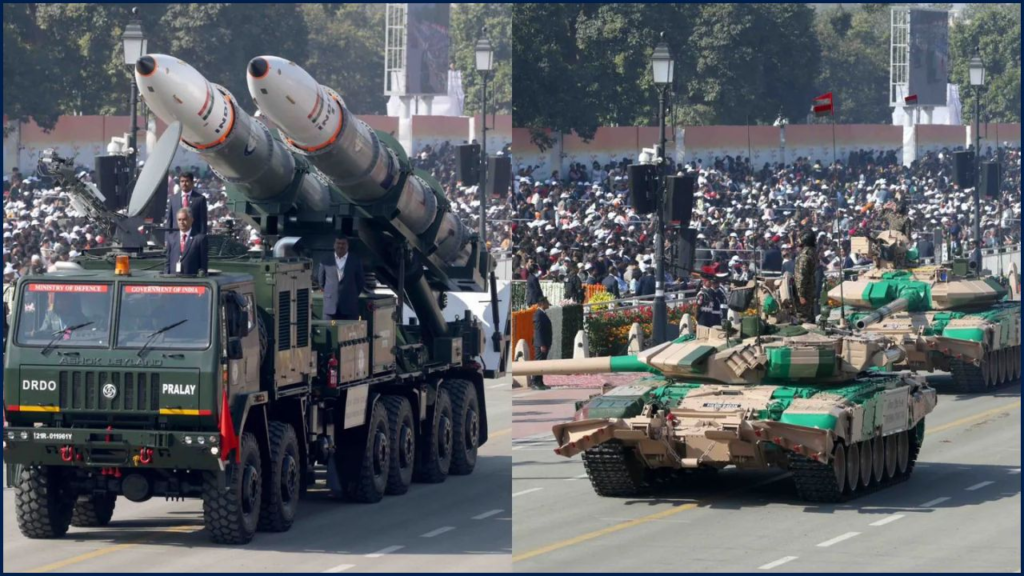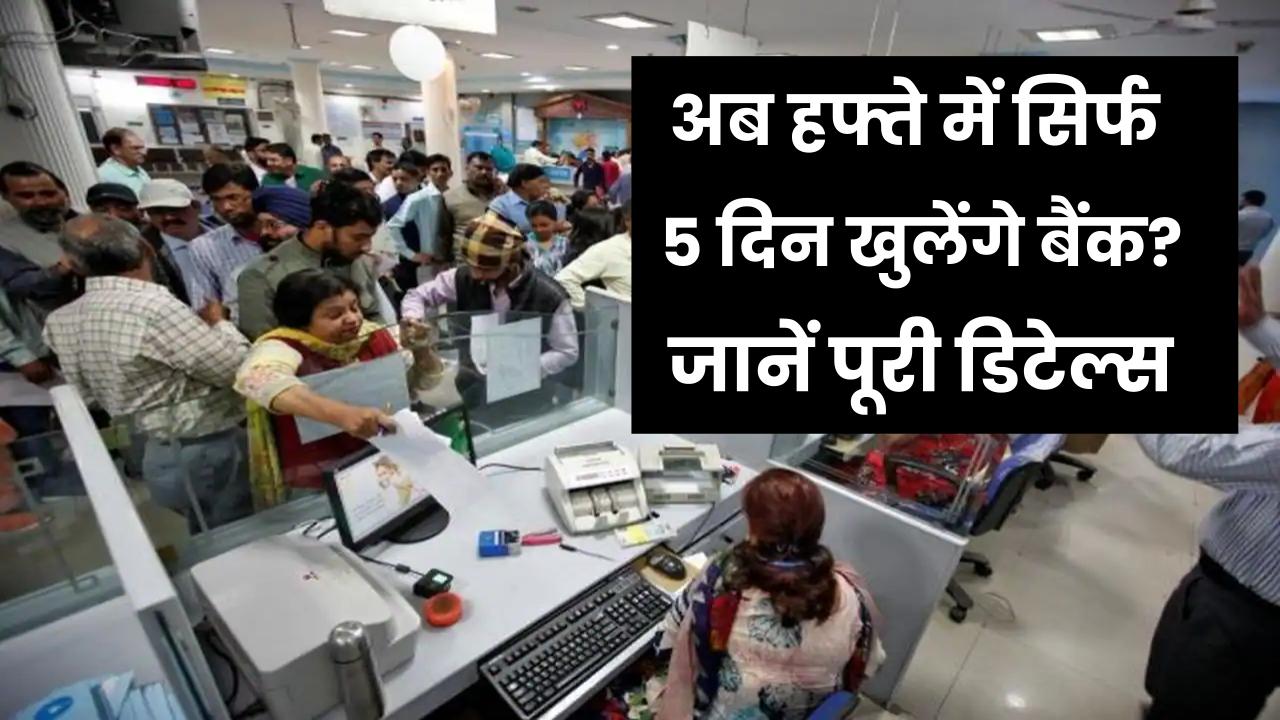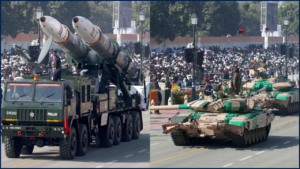Private defence companies are expected to record double-digit growth in the coming financial years, supported by expanding order books, government procurement initiatives, and heightened global security demand. Crisil Ratings recently projected revenue growth of 16 to 18 percent for India’s private defence sector in FY26, underlining the momentum within the industry.

The forecast follows a strong performance in recent years, with companies achieving compound annual growth of about 20 percent between FY22 and FY25. Order backlogs are expected to climb from ₹40,000 crore to nearly ₹55,000 crore, reflecting both domestic procurement and potential export contracts.
Drivers of Expansion
Government Policy and Indigenisation
The Government of India has prioritised defence indigenisation under the “Make in India” programme. Restrictions on imports and incentives for local manufacturing have created opportunities for private sector firms. Analysts note that procurement orders once dominated by state-owned companies are now more frequently shared with private players.
Rising Defence Budgets Worldwide
In addition to domestic demand, global defence spending is increasing due to geopolitical conflicts in Europe, Asia, and the Middle East. According to Reuters, small- and mid-sized U.S. defence stocks have rallied as militaries seek next-generation battlefield technologies such as drones, artificial intelligence systems, and electronic warfare capabilities.
Capital Infusion and Private Investment
Industry experts emphasise the role of private capital in sustaining growth. Gurmeet Chadha, managing partner at Complete Circle Capital, told the Economic Times that defence technology companies could “join the $500 billion club within the next five to eight years,” provided investment and policy support continue.
Stable Margins Amid Higher Orders
Crisil expects operating margins for private defence firms to remain steady at about 18 to 19 percent. While new orders will drive top-line growth, analysts caution that execution risks remain. Defence projects often require large upfront investments, and delays in government payments can pressure liquidity.
Challenges Facing the Sector
Despite the optimistic outlook, the private defence sector faces structural constraints:
- Capital Intensity: Building advanced defence systems requires significant upfront investment in research and development.
- Regulatory Controls: Export restrictions and licensing requirements can limit international expansion.
- Dependence on Government Contracts: Revenue streams are closely tied to procurement cycles and political priorities.
- Technological Risks: Projects may face delays or cost overruns if technologies under development fail to meet requirements.
Independent defence analyst Ajai Shukla told Business Standard that while growth is promising, “execution discipline and diversification of revenue sources will determine which companies sustain leadership over the long term.”
Global Context and Market Potential
The optimism in India mirrors broader global trends. Major defence contractors such as BAE Systems have reported double-digit jumps in sales, driven by increased defence budgets and order backlogs. At the same time, the private military and security services market—covering security guards and contractors—is forecast to grow more modestly, with an estimated 5.7 percent compound annual growth rate through 2034, according to Custom Market Insights.
Outlook
Private defence companies are positioned to capture a growing share of contracts, both within India and abroad. With government policies encouraging indigenisation, rising global demand, and increasing private investment, the sector appears set for sustained expansion. Analysts caution, however, that the pace of growth will depend on companies’ ability to manage capital requirements, navigate regulatory frameworks, and deliver advanced technologies on time.














